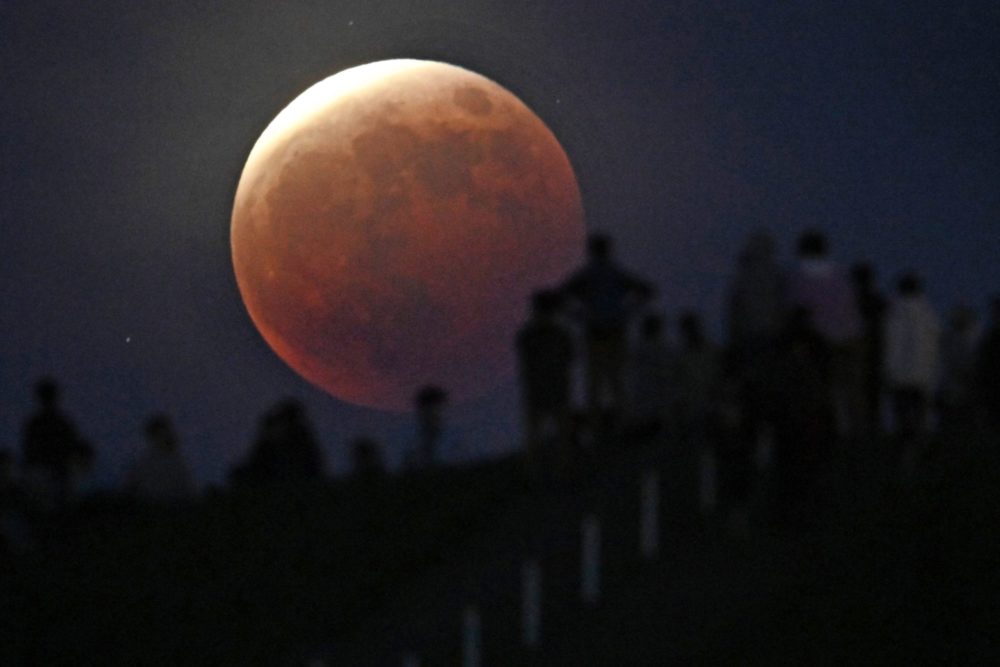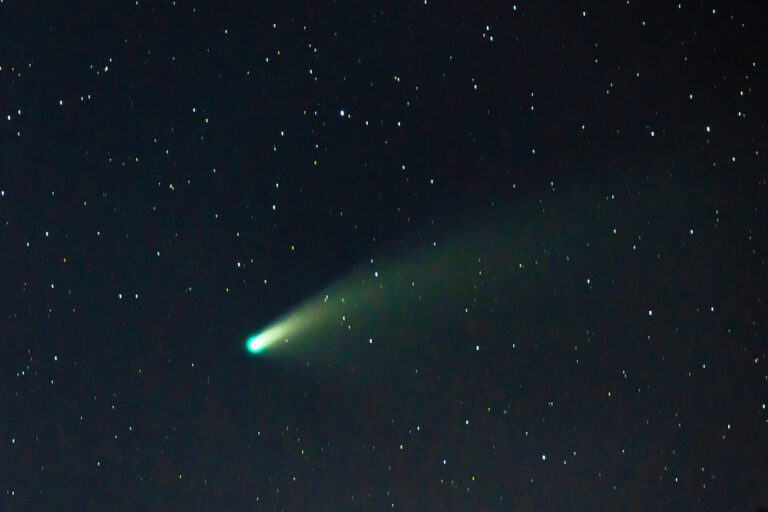Tonight (Friday) New Zealanders will be treated to an incredibly rare lunar spectacle starting just before 8.20pm NZT, when the shadow of the Earth will begin to move across the moon’s face.
By 10pm, 97% of the moon will be covered with shadow. At that moment, the lunar surface will briefly turn red.
As for those in Australia, the eclipse will be visible from most parts of Australia (except south-west Western Australia) starting at 6:18pm (AEDT) before moonrise in Australia, the partial eclipse will last 3 hours, 28 minutes and 24 seconds.
Rob Davison, an astronomer at Auckland’s Stardome Observatory, said: “When you have a total lunar eclipse, it’s not uncommon to have the entirety of that lasting for three-and-a-half hours, sometimes a bit shorter, sometimes longer. But for a partial eclipse to last this long, it’s just very rare.
“Most of the eclipse will be dominated by the shadow moving across the moon, with a brief period where it will appear as a blood micromoon in our night sky.”
“The moon is at apogee, which means it’s at the farthest point from Earth in its orbit. The moon’s orbit around the Earth is not a perfect circle, it’s an ellipse which means as it goes around, it comes a little bit closer and then, as it swings around, it goes a little bit further away,” Davison said.
“So when it’s at its closest point, it’s called perigee, and that’s when you get a so-called super moon – about 360,000 kilometres away. When it swings around to the other side, and is in apogee, it’s about 400,000 kilometres away.”
The moon moves slower at this point, and this is why there is an ‘“unusually long” partial-eclipse.
So do we have to wait another 800 years?
New Zealand will have 13 total or near-total lunar eclipses in the next 20 years. But seven of those will be in the early hours of the morning. Four will be visible around midnight.
For the curious, or those who cannot catch a glimpse, Nasa will livestream the event.







